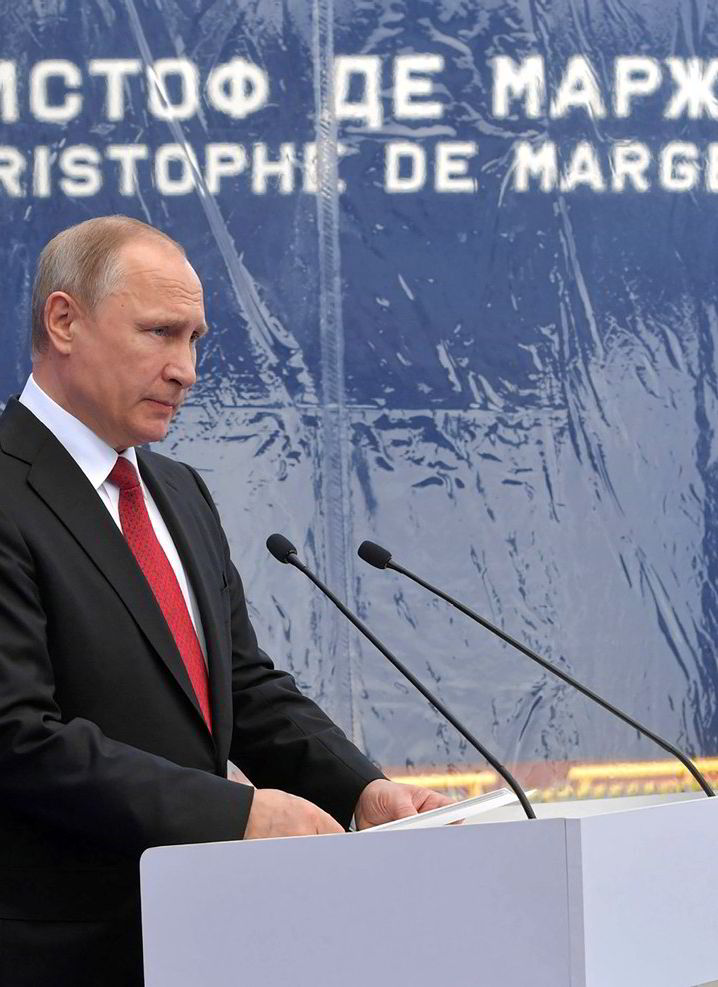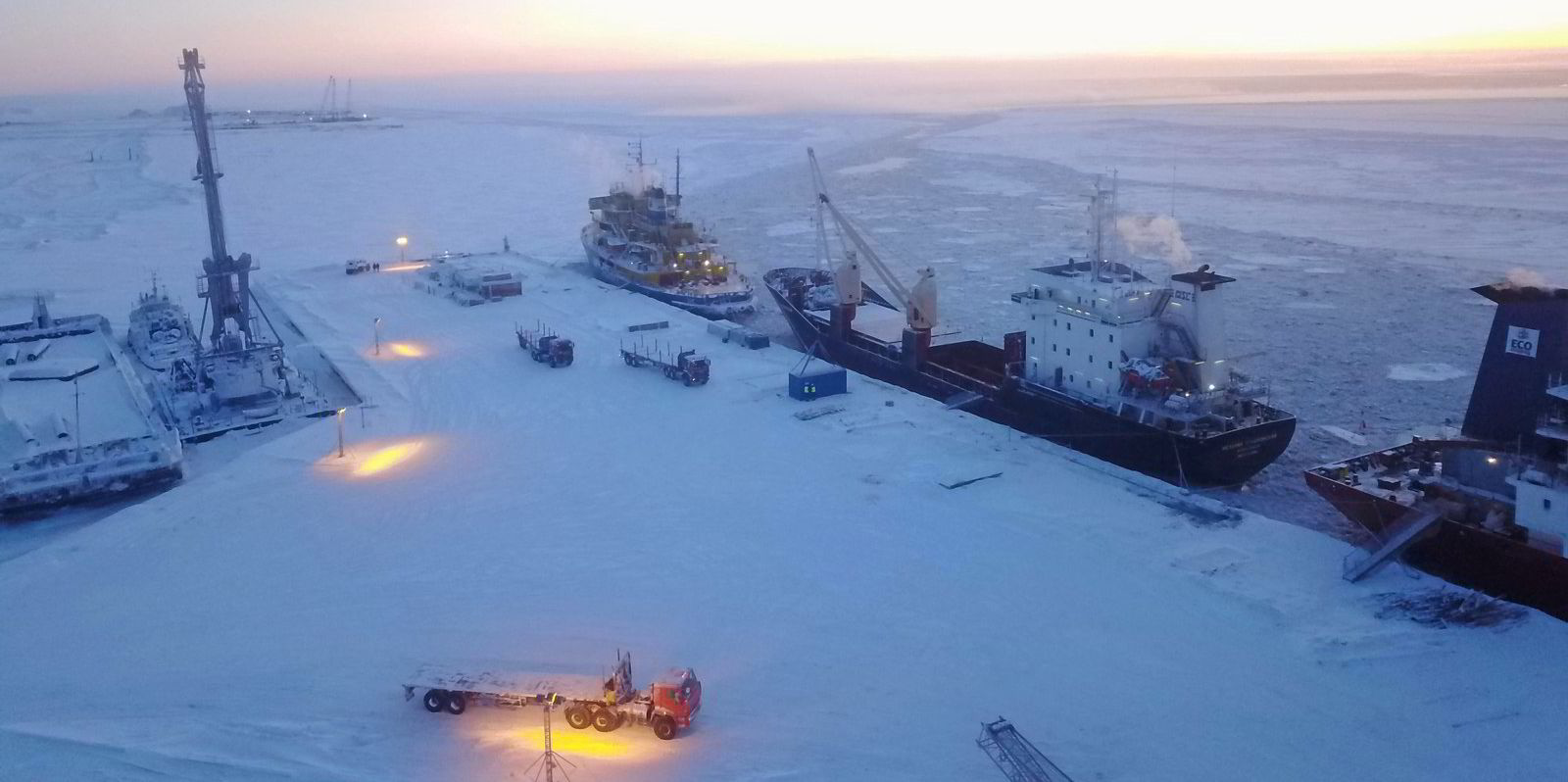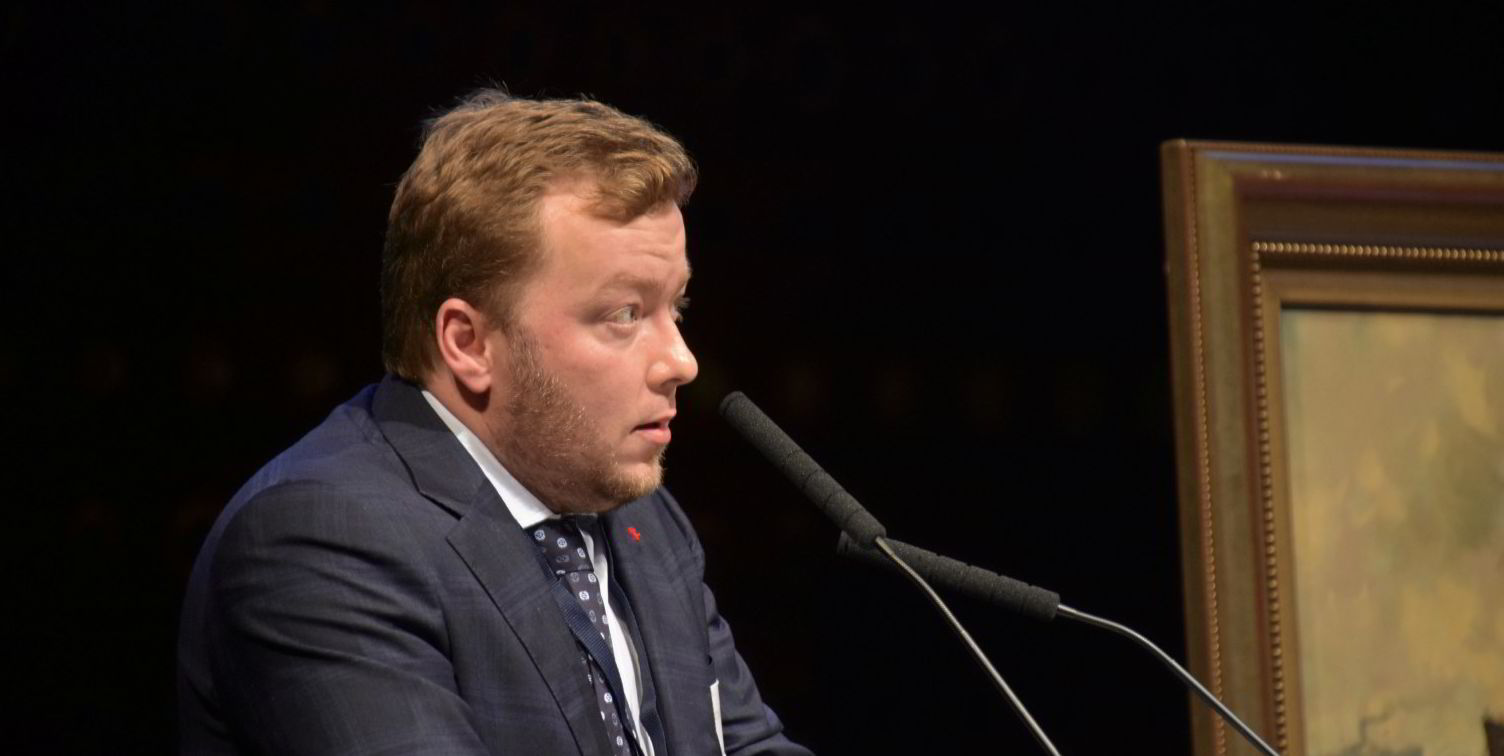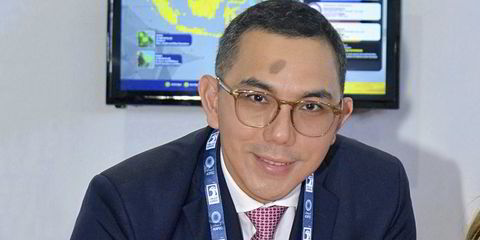Sanctions and counter-sanctions following the invasion of Ukraine have sent waves of transactions going in both directions, forcing a sell-off of many Russian-owned ships and, at the same time, generating demand on the buying side to remedy Russia’s tonnage gap.
But a third group of vessels is caught in a double bind — specialised tonnage that had been flagged into the Russian trades by foreign owners to exploit a shortage of such ships in the Russian fleet, but that is now stuck there, unable to trade or leave.
Their owners, including some of the big European dredging and construction contractors, find that Western sanctions prohibit their vessels from making money under Russian contracts, but a Russian presidential decree denies them customs clearance for leaving the country.
That is part of the background of previously reported problems involving dredging and construction vessels that were brought under the Russian flag for offshore projects such as Arctic LNG 2 and now have no way out.
Russian maritime lawyer Konstantin Krasnokutskiy, in a conversation with TradeWinds, laid out the confusing effect of sanctions on ships involved in Russian foreign trade and also in Russian cabotage.
“Two major sale-and-purchase trends caused by sanctions are: buying to replace bareboated ships that have left the Russian trades; and selling to get rid of export-oriented tonnage after sanctions prevented its normal use,” he said.
The latter group — foreign-trading vessels that suddenly became surplus to demand — have made the more conspicuous headlines until recently, most notably with the sell-off of the state-owned Russian-flag fleets of tanker owner Sovcomflot (SCF Group) in May, but also in sales by its peer companies, as well as private shipowners.
Attention has turned now to the buying side, as analysts point to the vast tonnage gap that needs to be remedied if Moscow is to export its hydrocarbons in coming years.
But the selling has not stopped, although it has been constrained by the difficulty for smaller domestic owners of working around financial sanctions.
Sovcomflot was fortunate in this regard and helped by creative lawyers and bankers.
S&P brokers have explained that sanctions violations were successfully avoided by financier ING Bank juggling the percentages of equity and debt in vessels across the fleet until there was one set of 100% Sovcomflot-owned vessels and another set in the hands of financial shipowners that were free to sell with no legal consequences.
ING Bank has consistently declined to comment.
Smaller owners are left with different solutions, either selling to owners from countries untroubled by sanctions — including Turkey, China and the United Arab Emirates — or in many cases using a “brother-in-law loophole”, setting up offshore shipowning companies whose ultimate beneficial ownership is obscure, using the passport of a friendly businessman, often from an unsanctioned former Soviet country.
Ships in a bind
But where there are sanctions, there can be counter-sanctions and, during the tonnage exodus, Russia has taken measures to protect its interests — especially its construction of vital export facilities in the far north, which are served in large part by foreign tonnage.

In March, President Vladimir Putin issued Decree No 311, which prohibits exports of certain specialised tonnage including floating decks, dredgers, firefighting vessels, floating cranes, drilling rigs, salvage vessels and other vital tonnage, even if it belongs to foreign partners. The decree is valid until the end of the year at least, but could be renewed.
“You can sell this specialised tonnage, but it can’t be removed from Russia,” Krasnokutskiy told TradeWinds. “The number of ships involved is small, but the asset value is big, because Russia never had any modern specialised tonnage of this kind.”

Krasnokutskiy declined to mention specific vessels that fall into this category but, like much of the world, Russia frequently calls on Belgian and Dutch specialists for its maritime and offshore construction needs.
TradeWinds has previously reported on the legal battle by Dutch contractor Boskalis in Russian and European courts over its 1,090-dwt dredger Nordic Giant (built 1999), the 5,134-dwt specialised rock-placement pontoon Arctic Scradeway (built 2005) and supporting barges.
Boskalis pulled out of the Arctic LNG 2 project following the outbreak of war in Ukraine but its Russia-flag ships and barges were seized by Russian state-owned entities under court order. Appeals remain active in the cases.
A Boskalis spokesman did not respond to a request for comment.
Read more
- Dry bulk market watchers split on effect of Russia grain corridor pullout
- Brazil grabs cheap Russian oil as world awaits Lula’s move
- Aframax market weakness could push LR2s to clean up their act
- Tanker markets in ‘disarray’ as Russia turmoil pushes rates upwards
- UN and Turkey sustain Black Sea grain corridor amid Russia pullout





